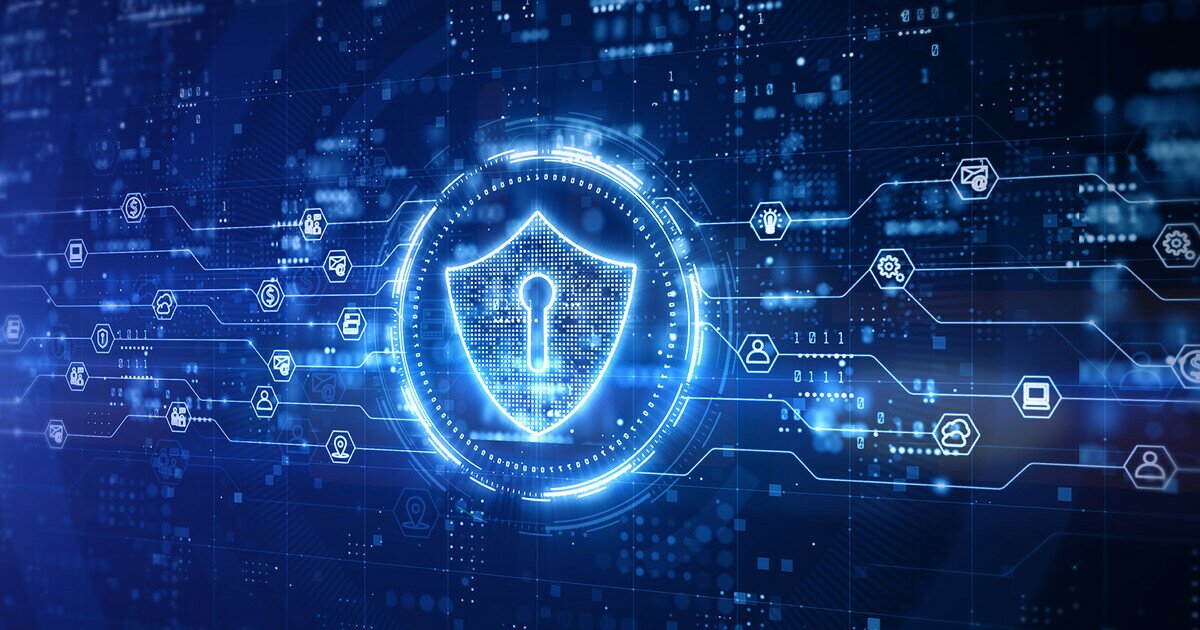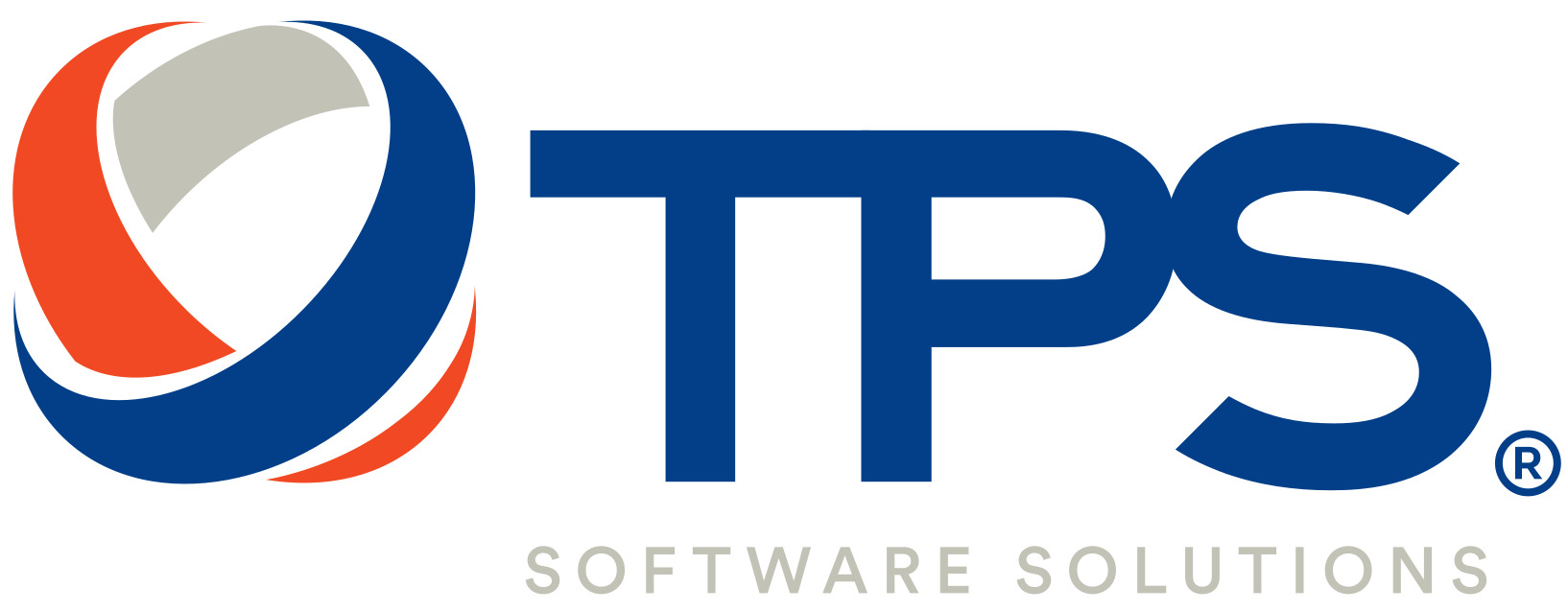Introduction
Software development plays a pivotal role in shaping the technological future. However, as the demand for innovative applications grows, so does the need for robust security measures. Ensuring the security of software applications is crucial to protect sensitive data, maintain user trust, and safeguard against cyber threats. This article will explore five best practices for software development security that every development team should prioritize.
How do you maintain security when developing software?
Secure Coding Standards
Implementing secure coding standards is the foundation of a robust software security strategy. Developers should adhere to industry-recognized coding practices, such as those outlined by organizations like OWASP (Open Web Application Security Project). These standards guide developers to write secure code, identify potential vulnerabilities, and follow best practices for input validation, authentication, and error handling. Regular code reviews can help ensure that these standards are consistently applied throughout the development process.
Regular Security Audits and Testing
Conducting regular security audits and testing is essential to identify and rectify potential vulnerabilities in software applications. Automated tools, like static code analyzers and dynamic application security testing (DAST) tools, can help scan code for vulnerabilities. Additionally, penetration testing, where ethical hackers simulate real-world attacks, can uncover security weaknesses that might go unnoticed during routine testing. Regular assessments provide developers with insights into potential risks and allow them to address security issues before they become major threats.
Continuous Integration and Continuous Deployment (CI/CD) Security
Embracing CI/CD practices accelerates the development lifecycle and introduces potential security risks. Integration points, automated testing, and deployment pipelines need to be secured to prevent vulnerabilities from being introduced at any stage. Implementing security checks within the CI/CD pipeline helps identify and mitigate security issues early in the development process. This ensures that only secure code is deployed, reducing the risk of vulnerabilities reaching production environments.
Data Encryption and Access Control
Protecting sensitive data is a critical aspect of software development security. Developers should implement robust encryption mechanisms for data at rest and in transit. This includes using secure protocols (such as HTTPS) and encryption algorithms to safeguard communication between components. Additionally, access control mechanisms should be enforced to restrict unauthorized access to sensitive information. Role-based access control (RBAC) and proper authentication mechanisms should be in place to ensure that users have the appropriate level of access based on their roles and responsibilities.

Regular Security Training and Awareness
Human error remains a significant factor in security breaches. Regular security training for development teams is crucial to keep them informed about the latest security threats and best practices. Developers should be aware of common attack vectors, social engineering techniques, and the importance of adhering to security policies. By fostering a security-conscious culture within the development team, organizations can significantly reduce the likelihood of security incidents caused by human error.
Conclusion
Prioritizing software development security is paramount in today’s interconnected and fast-paced technological landscape. By implementing secure coding standards, conducting regular audits, securing CI/CD pipelines, encrypting data, and promoting a culture of security awareness, development teams can build resilient and secure software applications. Proactive security measures not only protect sensitive information but also contribute to building trust among users in an increasingly digital world.











